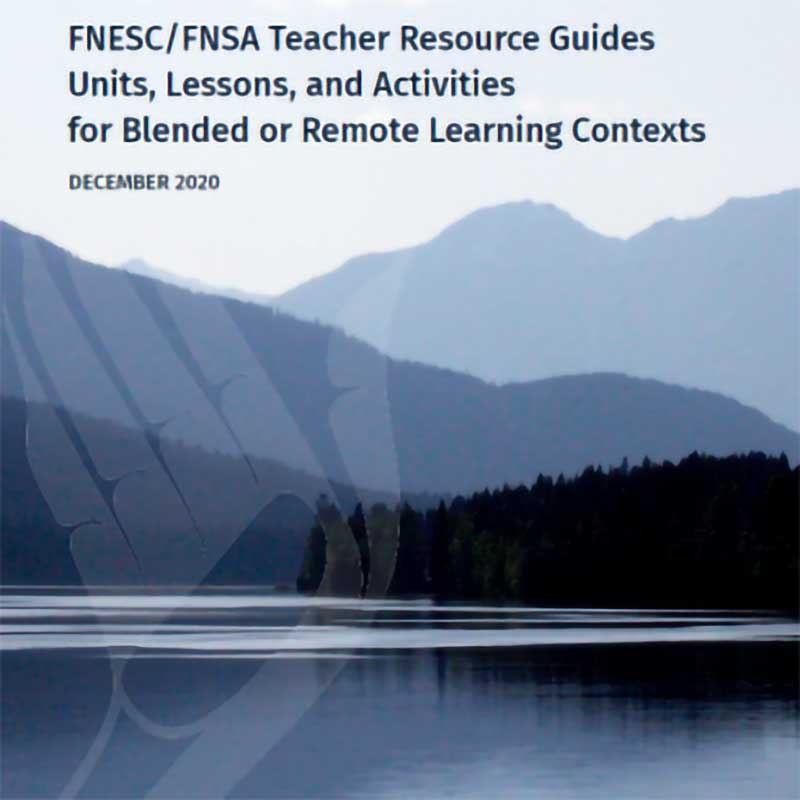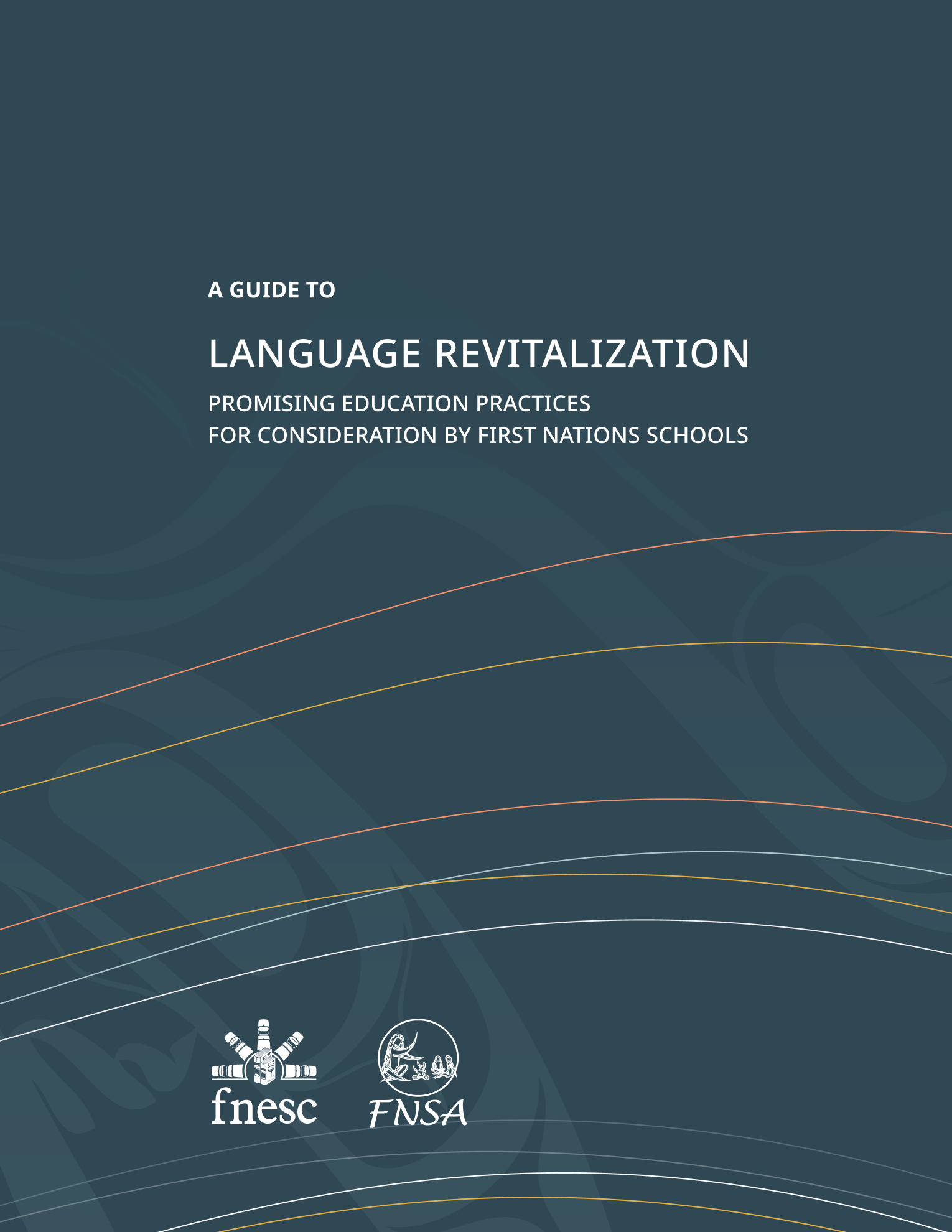Parent Toolkit for First Nations Parents and Families – Draft for Review and Feedback (2025)

The Parent Toolkit has been created by the First Nations Education Steering Committee (FNESC) and First Nations Schools Association (FNSA) to support the importance of parental involvement in education.
The current edition is a draft for Review and Feedback.
The toolkit is based on the premise that Parents play a key role in the education of their children.
- Parents are their children’s first and most important teachers.
- Parents are the primary shapers of their children’s social skills.
- Parents are fundamental to children developing self confidence and a positive self-identity.
- Parents transmit their values and culture to their children, which is vital for students’ success in school and in life.
Parents are also central to promoting their children’s access to educational opportunities that:
- help them understand and practice their traditional values, languages, and cultures, encouraged by their families and communities.
- give them the skills they need to thrive in today’s society, including relevant technological skills.
- prepare them for any opportunities they choose for higher learning, employment, and lifelong success.
First Nations parents and guardians have a right to be involved in all decisions about their children’s education. Parental rights are the foundation of First Nations control of First Nations education, and parents must be fully informed and involved in determining and guiding their children’s education.
2 MB
CONTENTS
1.0. Appreciating the importance of parental involvement in education
1.1 The Valuable Role of Parents in Student Success
1.2 The Value of Parents’ Support for Schools
2.0. Understanding parents’ rights, the structure of the school system, how to build positive relationships with school staff for the benefit of students, and what to do if difficulties arise
2.1 The Declaration on the Rights of Indigenous Peoples
2.2 Parents’ Education Rights and Responsibilities
2.3 The Rights of Families to Racist-Free Educational Opportunities
2.4 Families’ Privacy Rights
2.5 Roles and Responsibilities of Education Personnel
2.6 Suggestions for Meeting With School Staff
2.7 Questions To Ask At Parent Teacher Interviews
2.8 What To Do If You Have a Concern About Your Child’s Education
2.9 What To Know About Choosing Courses
3.0. Supporting students who have exceptionalities and special learning needs
3.1 The Rights of Students Who Have Exceptionalities
3.2 Supporting Students Who Have Exceptionalities
3.3 Identifying Students Who Have Exceptionalities
3.4 What is an Individual Education Plan (IEP)?
3.5 What is Meaningful Consultation?
3.6 Helping Students Who Have Exceptionalities Build Self-Esteem, Resiliency, and Independence
4.0. Creating healthy and supportive learning environments at home
4.1 The Importance of Regular School Attendance
4.2 Helping Your Child Feel Connected to School
4.3 Helping All Children Build Friendships
4.4 The Link Between Sleep and Success in School
4.5 Who Knew? Eating Together Can Help With School Success
4.6 Routines Can Help Kids Get to School On Time
4.7 What Parents Should Know About Bullying
4.8 The Benefits of Extra-Curricular Activities
4.9 Helping Your Children Become Career Ready
4.10 Reframing Our Thinking
4.11 The Value of Optimism
4.12 Helping Young Children With Everyday Anxiety
4.13 What To Know About Vaping
4.14 Should I Be Concerned About Energy Drinks?
4.15 How to Talk to Your Children About Drug and Alcohol
4.16 Helping Children Deal With Traumatic News or Events
4.17 Talking With Children and Teens About Body Image
4.18 Does Your Child, or a Child You Know, Need Support? The Kids Help Phone is Available
4.19 Addressing Concerns about Violence and Gangs
4.20 Building Your Children’s Early Literacy Skills
5.0. Addressing technology use and online activities to keep children and teens safe and healthy
5.1 Using Social Media in Healthy, Positive Ways
5.2 Tips for Creating a Family Technology Use Plan
5.3 Keeping Up With Technology Issues
5.4 Helping Students Understand: What Goes Online Stays Online, and Everyone Can See It
5.5 Play Safe: Tips for Online Gaming
5.6 What is AI, and Why is Everyone Talking About It?
5.7 What is Meant by the Term Digital Literacy?
5.8 Signs Your Child or Teen May be Overusing Technology
5.9 Let’s Talk About “Fake News”
5.10 Using Screen Time in Positive Ways
More Resources







